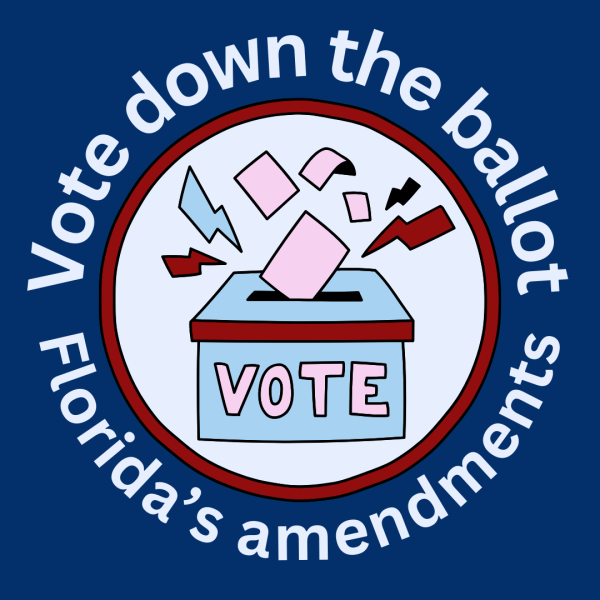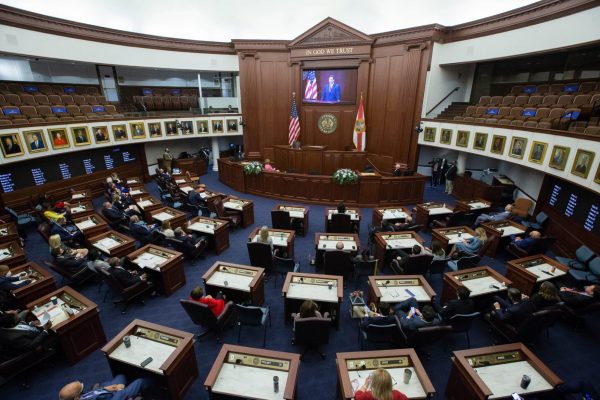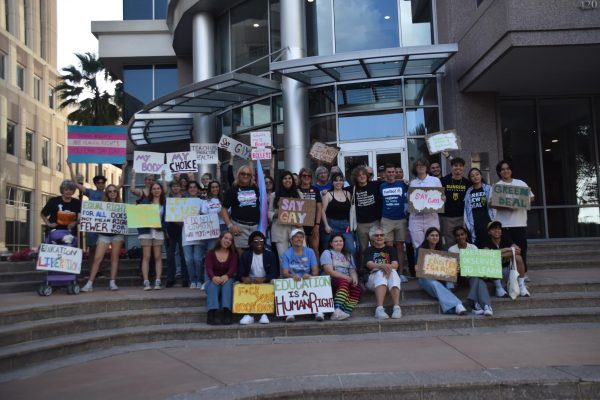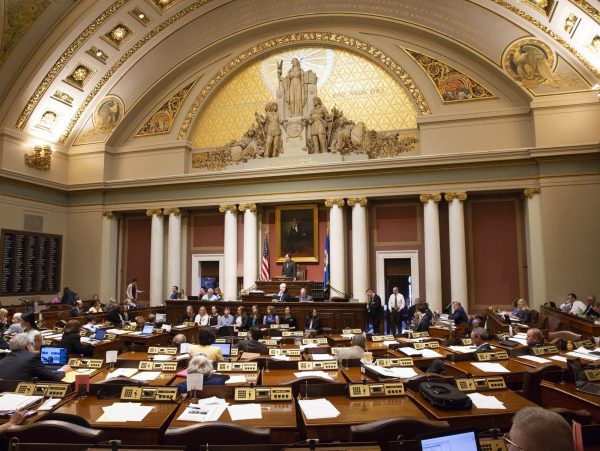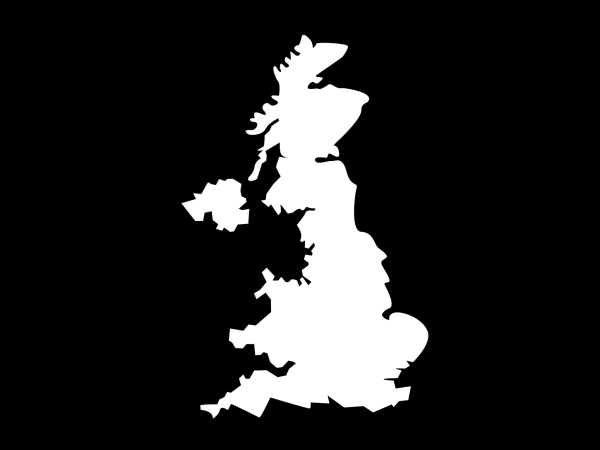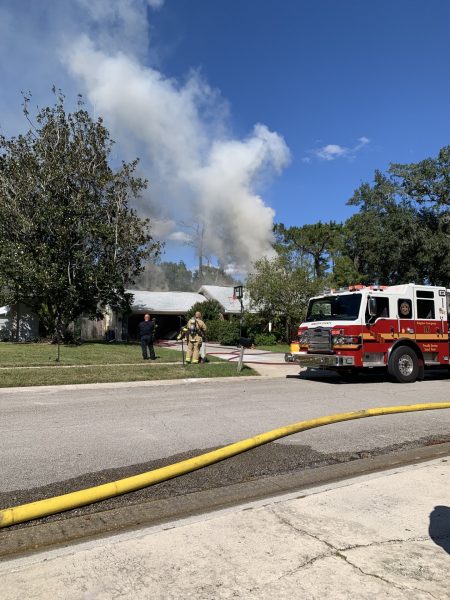The plan on climate change
Photo provided by: Julia Moon
Across the United States, winter storms left freezing conditions and icy roads mid-February. The storms affected around 150 million Americans.
February 1, 2021
On Jan. 20, 2021, President Joe Biden signed an order to have the United States rejoin the Paris Climate Agreement just hours after being sworn into office, a treaty that former President Donald Trump withdrew from on June 1, 2017. Also known as the Paris Agreement or Paris Accord, the international treaty is a global agreement between 190 countries, created in 2015 to limit global warming to below two degrees Celsius through finance, mitigation, and other means. Officially implemented in Nov. 2016, the countries in agreement planned to adapt and mitigate greenhouse-gas-emissions.
The downfall to this initiative, however, was the fact that many of the countries in the treaty were not meeting the goals necessary to make the change. Despite this, other countries are pledging to cut net carbon emissions by 2050 or reach carbon neutrality by 2060, strengthening the overall global concern in addressing climate change. Biden has made it clear that his administration will be pushing to put up an aggressive front to combat climate change, an effort to make up the time lost during the Trump Administration.
“Many climate and health calamities are colliding all at once,” President Biden said before signing multiple executive actions on climate change, jobs, and the restoration of scientific integrity. “Multiple studies have shown that air pollution is associated with an increased risk of death from COVID-19. And just like we need a unified national response to COVID-19, we desperately need a unified national response to the climate crisis because there is a climate crisis.”
Predicting a weakening Arctic polar vortex in late 2020 and early 2021, meteorologists warned of frigid Arctic air from the north as the polar vortex’s cold air moves south. Caused by sudden stratospheric warming, the weakened polar vortex results in a jet stream that meanders, pushing record cold air into the south in what is called a ‘cold snap’. Lately, the severity of these northeastern winter storms have risen, even sending deadly conditions and freezing temperatures to the southern state of Texas.
“I definitely feel that this is appropriate at this time,” junior Amanda Halladay said. “I heard in biology that at this point, planting more trees cannot help reduce carbon emissions, which is pretty scary. I wish that people were more concerned about this, and I’m glad Biden is taking a much more serious approach.”
President Biden has been adamant to push for environmental plans and projects, and along with rejoining the Paris Climate Agreement, he has also set a goal to have the United States become carbon neutral by 2050. Keeping carbon emission and absorption at a balance to achieve net zero carbon dioxide emissions will be a challenge for the administration, as many climate efforts are constantly being tested against time.
“The agreement may achieve its goal, but it still won’t be enough to repair the damage already done,” junior Joshua Zeffren said. “The increased effort is good, but it needs to be consistent and well-funded. Countries and private organizations must be held accountable for their actions by the global community. We will see if Biden can keep his plan to these standards.”







